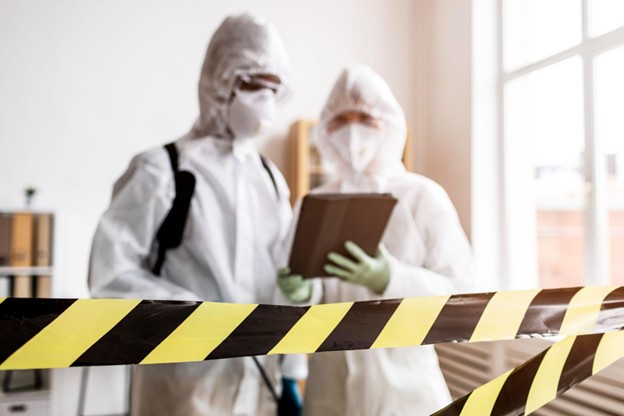
Most people typically view forensic science as a factual field where evidence holds significant weight. Still, even the most strict analysts carry around with them unconscious biases that affect how they take crime scene data. Luke Guinee, a specialist in both digital and physical forensics, stresses that it's very important to understand and prevent these biases in order to preserve the integrity of investigations and implement justice.
Context contamination, in which outside information unwittingly influences an expert's evaluation, is among the most prevalent and pernicious types of bias encountered in forensic analysis. Identifying it and actively working against it is crucial to generating credible results.
Forensic science bias is seldom deliberate but can quietly impact analysis in powerful ways. It most frequently stems from assumptions, anticipations, or premature exposure to case information prior to evaluation of the evidence. Luke Guinee explains that cognitive bias happens when preconceived notions or earlier knowledge influence how evidence is interpreted.
For example:
Maintaining objectivity is not merely a scientific requirement but also a legal and ethical one. Left unchecked, bias has the potential to influence verdicts, sway the results of trials, and eventually impact lives. Luke Guinee underscores that forensic analysts need to approach each scene and each piece of evidence anew, with the science leading conclusions rather than outside pressures or presumptions.
Precautionary measures against bias include:
By understanding how bias can appear and making proactive, systematic moves, analysts can guarantee that evidence is properly evaluated, equally, and defendably, making confidence in forensic science and the legal system more sound.
Context contamination occurs when outside information infiltrates the analysis process. This may involve:
For instance, bloodstain patterns, bullet trajectories, or digital activity might be interpreted through the lens of previous cases, leading to unintentional bias in evaluating unique or atypical evidence.
Luke Guinee points out that even analysts who are well-intentioned are vulnerable. A pattern of bloodstains could be analyzed differently if the analyst had previously assumed a certain trajectory. Likewise, computer evidence could be examined with a preconceived hypothesis of suspect action. Gradually, those minor influences accumulate and lead to noticeable deviations from an objective analysis.
To protect from context contamination, practitioners need to identify red flags in their own practice:
Luke Guinee urges forensic experts to critically analyze their thought process and record each step so that conclusions are traceable and supported by observable evidence. Awareness is the first step towards control.
Practical methods can substantially minimize the likelihood of bias. Luke Guinee stresses some important measures:
Through incorporating these procedures, forensic teams are able to preserve scientific rigor while recognizing that a human element is embedded in interpretation.
Luke Guinee suggests that eradicating bias could be unrealistic; what is important is how it is controlled. Analysts have concrete actions to take to ensure their interpretations are objective and defensible:
Ethical practice is not separable from technical competence. Luke Guinee points out that responsible analysts:
By combining these principles, analysts can reconcile the human factor in forensic science with careful, objective analysis, producing results that are both accurate and ethically sound.
Minimizing bias is a collective responsibility that transcends individual analysts. Laboratories, investigators, prosecutors, and forensic specialists need to collaborate to establish checks and balances that reduce subjective bias. Concrete measures include:
For Luke Guinee, the destination is clear: forensic science must illuminate the truth, not reinforce assumptions. Through technical proficiency, systematic procedures, continuous learning, and ethical vigilance, analysts safeguard both evidence and the justice process.
Understanding and countering forensic bias is essential to ensure that all evidence, from fingerprints to digital data, is interpreted with integrity. Luke Guinee demonstrates that combining specialization, ethical awareness, and standardized procedures produces the most reliable path to defensible conclusions.
Forensic bias is inherent but not insurmountable. Integrating technical expertise with ethical vigilance, transparency, and systematic protocols allows analysts to handle evidence objectively and confidently.
Ultimately, the pursuit of unbiased forensic analysis safeguards the justice system. By fostering collaboration among labs, investigators, and legal professionals, and continuously improving awareness of cognitive pitfalls, forensic experts can provide conclusions that are scientifically rigorous, ethically responsible, and legally defensible. Luke Guinee’s approach underscores that forensic science is strongest when it seeks truth, not when it confirms assumptions.